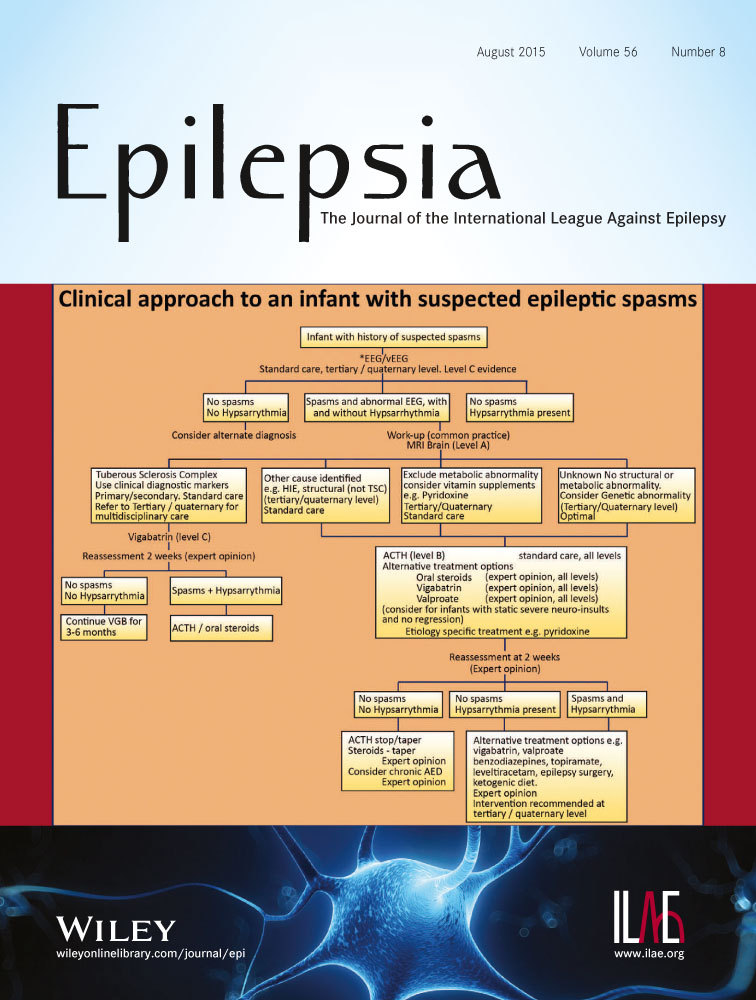Epilepsia partialis continua responsive to neocortical electrical stimulation
Summary
Epilepsia partialis continua (EPC), defined as a syndrome of continuous focal jerking, is a rare form of focal status epilepticus that usually affects a distal limb, and when prolonged, can produce long-lasting deficits in limb function. Substantial electrophysiologic evidence links the origin of EPC to the motor cortex; thus surgical resection carries the risk of significant handicap. We present two patients with focal, drug-resistant EPC, who were admitted for intracranial video-electroencephalography monitoring to elucidate the location of the epileptogenic focus and identification of eloquent motor cortex with functional mapping. In both cases, the focus resided at or near eloquent motor cortex and therefore precluded resective surgery. Chronic cortical stimulation delivered through subdural strips at the seizure focus (continuous stimulation at 60–130 Hz, 2–3 mA) resulted in >90% reduction in seizures and abolition of the EPC after a follow-up of 22 months in both patients. Following permanent implantation of cortical stimulators, no adverse effects were noted. EPC restarted when intensity was reduced or batteries depleted. Battery replacement restored previous improvement. This two-case report opens up avenues for the treatment of this debilitating condition.




